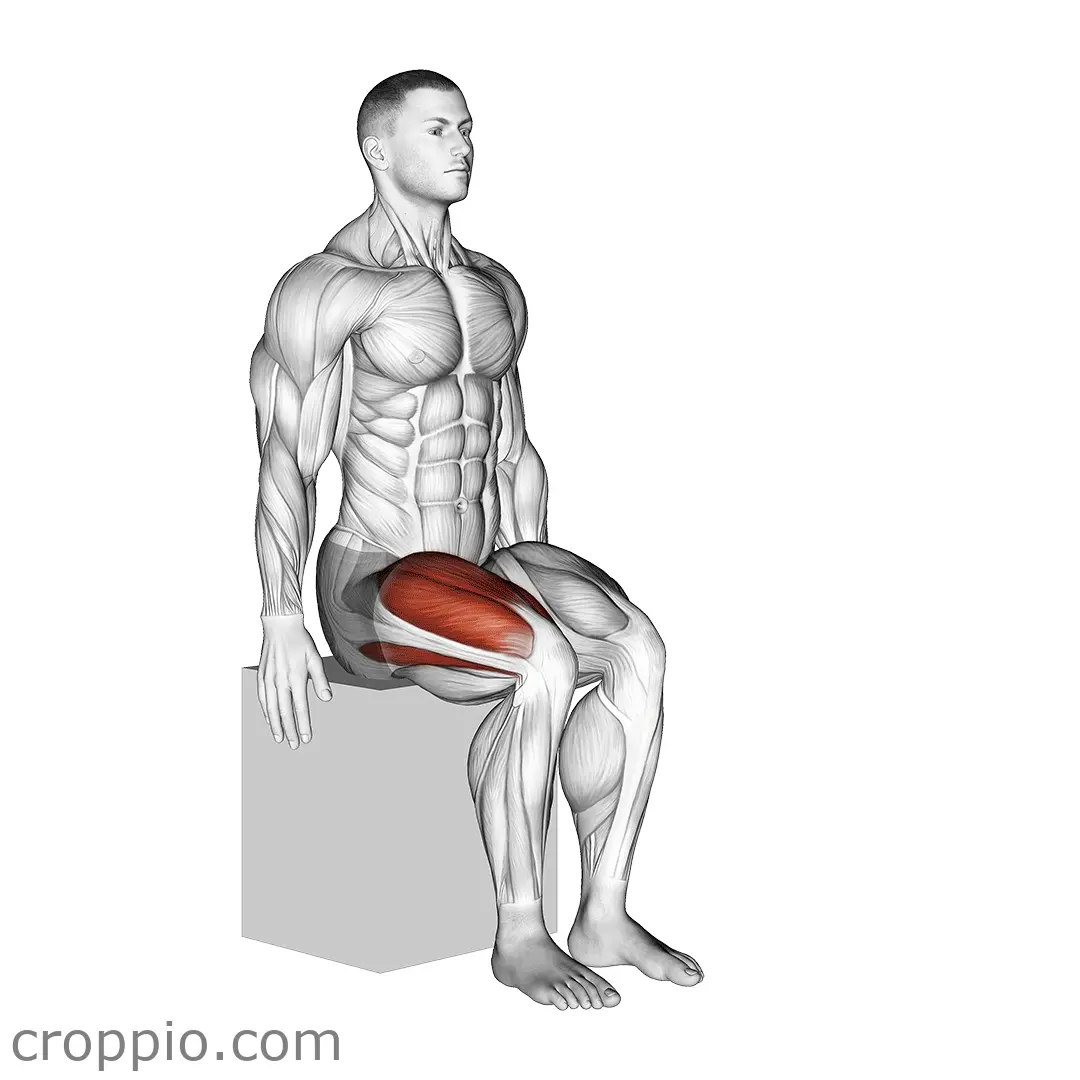Zercher Squat

Muscles Involved
The Zercher squat primarily targets the quadriceps, which are responsible for extending the knee during the squat movement. Additionally, it significantly engages the hamstrings and glutes, contributing to hip extension and stability. The unique positioning of the barbell in the crooks of your elbows also activates the core muscles, particularly the abdominals and obliques, as they help maintain balance and form. Furthermore, the Zercher squat activates the upper back, including the lats and traps, to support the load and keep the torso upright.
Top Mistakes
- Rounding the back: A common error is to let the back round, which can lead to injury. Always maintain a neutral spine.
- Letting the knees cave in: Ensure your knees track over your toes. Allowing them to cave can cause strain on the joints.
- Incorrect bar placement: Placing the bar too high or too low can create discomfort and improper leverage — it should rest comfortably in the elbows without excessive strain.
- Not squatting deep enough: Partial squats limit the benefits; aim to go at least to parallel to engage the muscles fully.
Execution Tips
- Find proper grip: To ensure comfort and stability, grasp the barbell with your hands just inside shoulder width and tuck your elbows under.
- Stand tall: Keep your chest up and shoulders back to maintain an upright torso throughout the squat.
- Engage your core: Tighten your abdominal muscles before initiating the squat to help stabilize your spine and pelvis.
- Initiate the movement: Start the squat by hinging at the hips and bending the knees while keeping your weight distributed evenly on your feet.
Workouts
The Zercher squat can be effectively incorporated into a lower body strength workout. For beginners, aim for 3 sets of 8-10 reps with light weight to master the form before gradually increasing the load. Intermediate to advanced lifters can try 4-5 sets of 5-8 reps using heavier weights. Pair the Zercher squat with complementary exercises such as deadlifts, lunges, or leg presses to create a well-rounded leg and core workout routine.
Conclusion
The Zercher squat is a powerful exercise that not only builds lower body strength but enhances core stability and upper body engagement. By integrating this movement into your training regimen, you'll improve your overall squat performance, promote balanced muscle development, and minimize the risk of injury in other functional movements.



